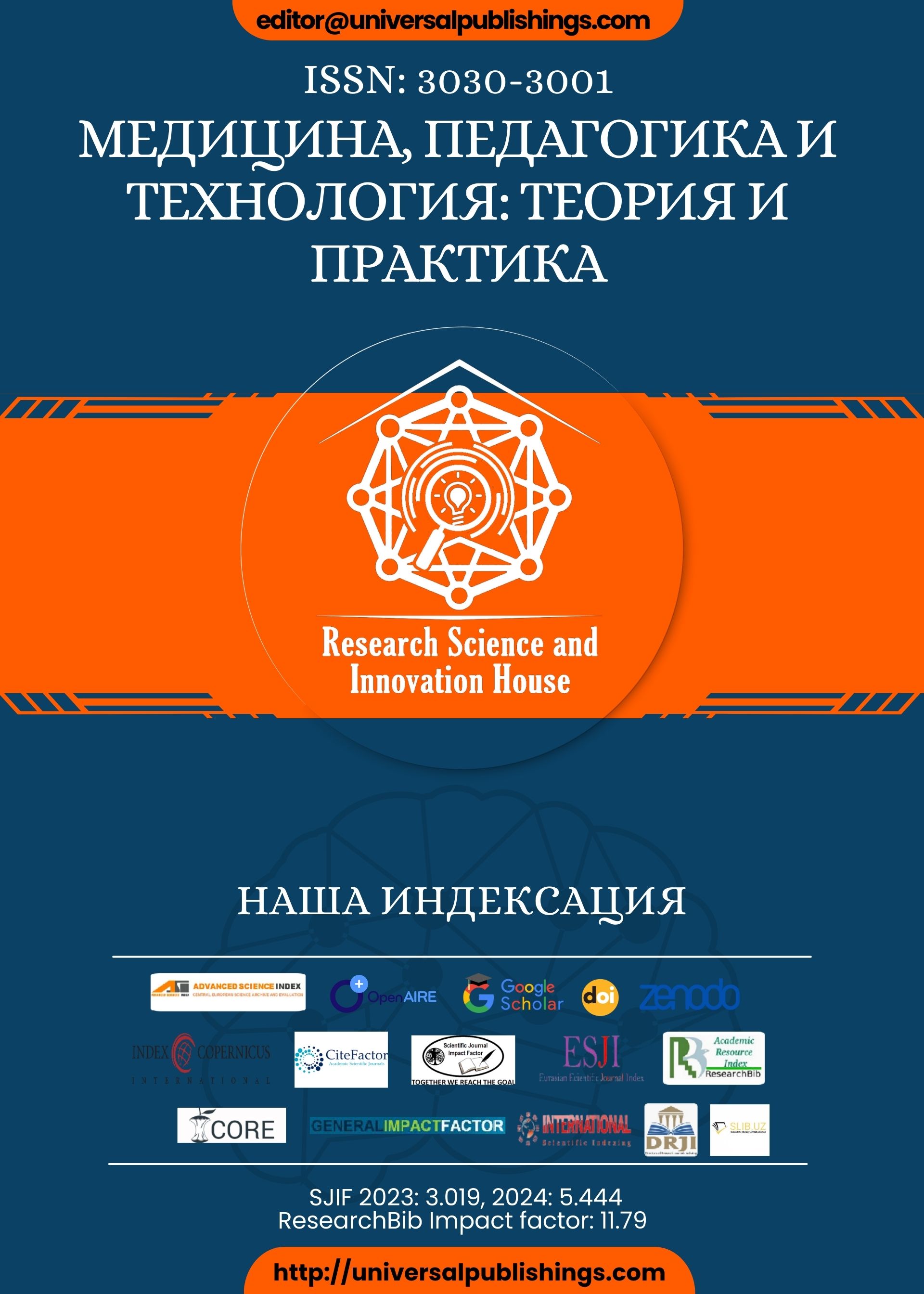Abstract
In the article, the role and importance of gastromucoprotein in skin-genital diseases is detailed. Gastromucoprotein (Casle's intrinsic factor) is a thermolabile glycoprotein (gastromucoprotein) produced by parietal cells in the dome and body of the stomach and plays an important role in vitamin B12 metabolism.
References
Al-Awami H.M. Physiology, Gastric Intrinsic Factor / H.M. Al-Awami, A. Raja, M.P.Soos // StatPearls – 2021.
Jandl J.H. Biographical Memoir of William B. Castle / J.H. Jandl. – Washington D.C.: National Academy of Sciences, 1995.
Smith A.D. Vitamin B12 / A.D. Smith, M.J. Warren, H.Refsum // Advances in Food and Nutrition Research. – 2018.
Kozyraki R. Vitamin B12 absorption: mammalian physiology and acquired and inherited disorders / R. Kozyraki, O. Cases // Biochimie. – 2013.
Fedosov S.N. Physiological and molecular aspects of cobalamin transport // Subcell Biochem. – 2012.
Structural basis for receptor recognition of vitamin-B12–intrinsic factor complexes / С. Andersen,M. Madsen, T. Storm [et al.] // Nature. – 2010.
B12 deficiency and impaired expression of amnionless during aging / A. Pannerec, E. Migliavacca, A. De Castro, J. Michaud, S. Karaz, L. Goulet, S. Rezzi, N. Bosco, A. Larbi //Journal of Cachexia, Sarcopenia and Muscle. – 2017.
Krzemien G.Vit. B12 deficiency in children (Imerslund-Gräsbeck syndrome in two pairs of siblings) .Krzemien,A.Turczyn, A.Szmigielska,M.RoszkowskaBlaim // Developmental Period Medicine. – 2015.
www.elsevier.com
www.webofscience.com

